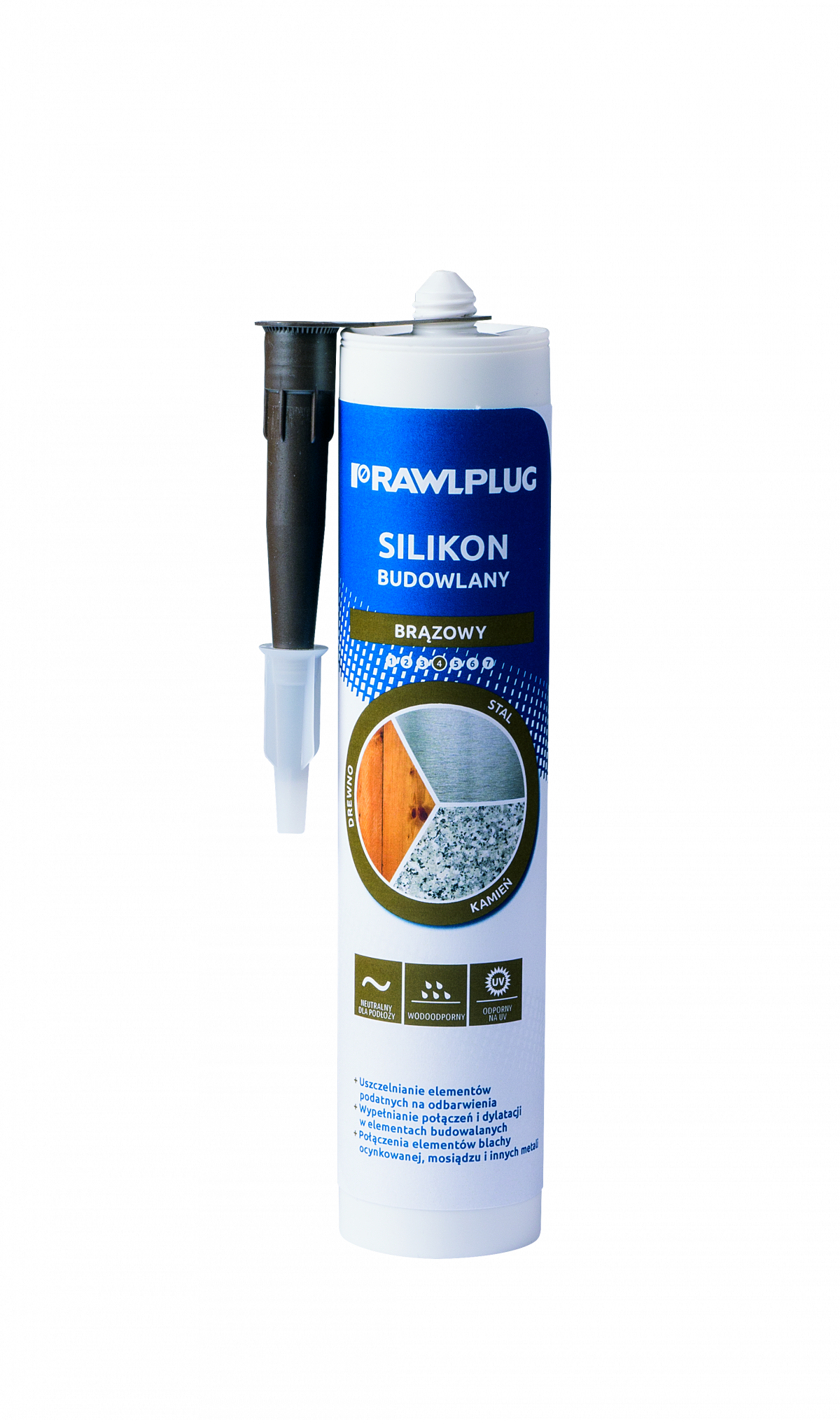R-SL-BUD Building Silicone
Construction silicone - One-component, elastic sealant with neutral curing system.
Features and benefits
- Highly and permanently elastic sealing properties
- Very good adhesion to most building materials.
- Durable seal (completely resistant to weathering and UV radiation)
Base material
-

Glass
-
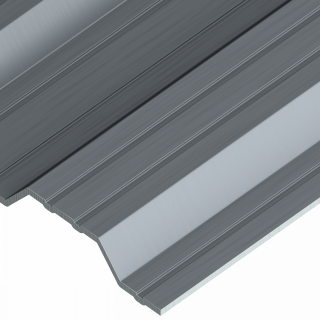
Metal Sheet & Profiles
-

Stainless Steel
-

Glaze
-
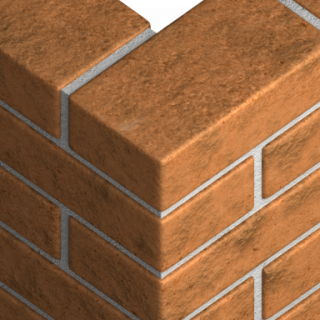
Masonry
-
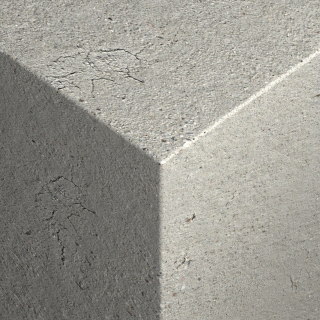
Concrete
-
.png)
Aerated Concrete Block
For use also with
-
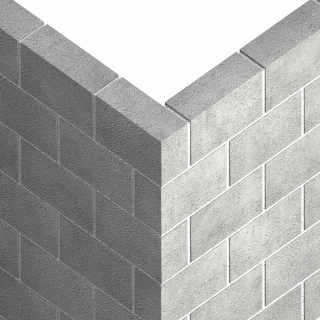
Solid Concrete Block
-
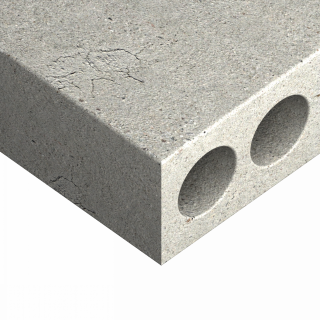
Hollow-core Slab
-
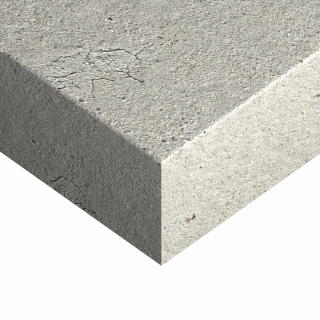
Concrete Slab
-
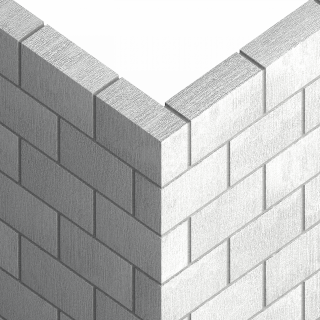
Lightweight Concrete Block
-
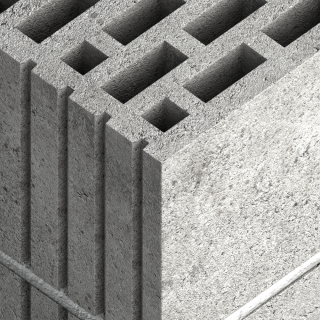
Hollow Lightweight Concrete Block
-

Silicate Blocks
-

High-Density Natural Stone
-
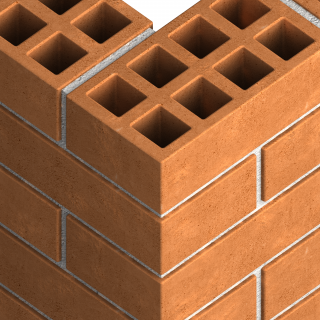
Hollow Brick
-
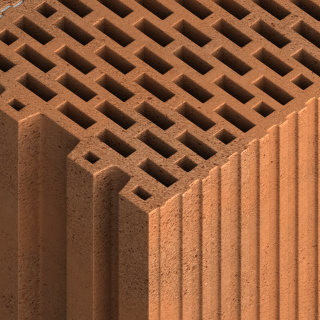
Vertically-perforated Clay Block
-
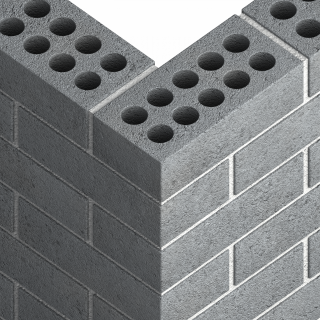
Hollow Sand-lime Brick
-

Solid Brick
-
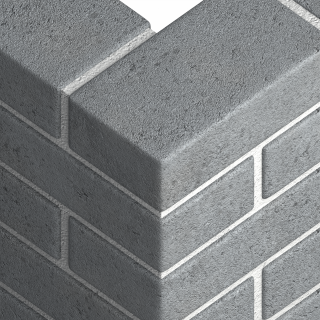
Solid Sand-lime Brick
-

Ceramic Hollow Block
-

Gypsum Fibreboards
-
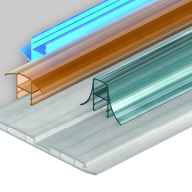
PVC Profile
Applications
- Filling elastic expansion joints
- Filling joints behind window and door frames
- Sealing of prefabricated elements in construction
- Sealing of metal coolers, containers and tanks
- Connections between galvanized steel, brass and other metals
Installation guide
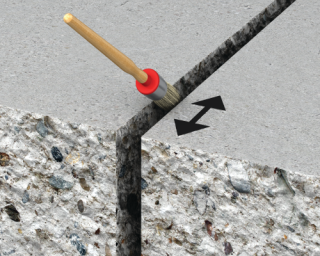

- The surface, that silicone will be apllied on, should be clean, free of dust, grease, rust, remains of old seal and other substances that might weaken the cohesion.
- Prior to application of silicone protect edges with masking tape
- Cut the tip of the cartridge, leaving part of the thread. Screw the applicator on to the thread, then cut at the required angle to give an aperture width suited to the joint.
- Use manual or pneumatic gun applicator.
- Applied silicone may be smoothed with a spatula or similar tool. Moisten the spatula first in special wetting agent or detergent solution.
- The silicone hardens by reaction with moisture from the air, so ensure well-ventilated conditions.
- After completing the application, wipe tools with a paper towel and clean with solvent.
